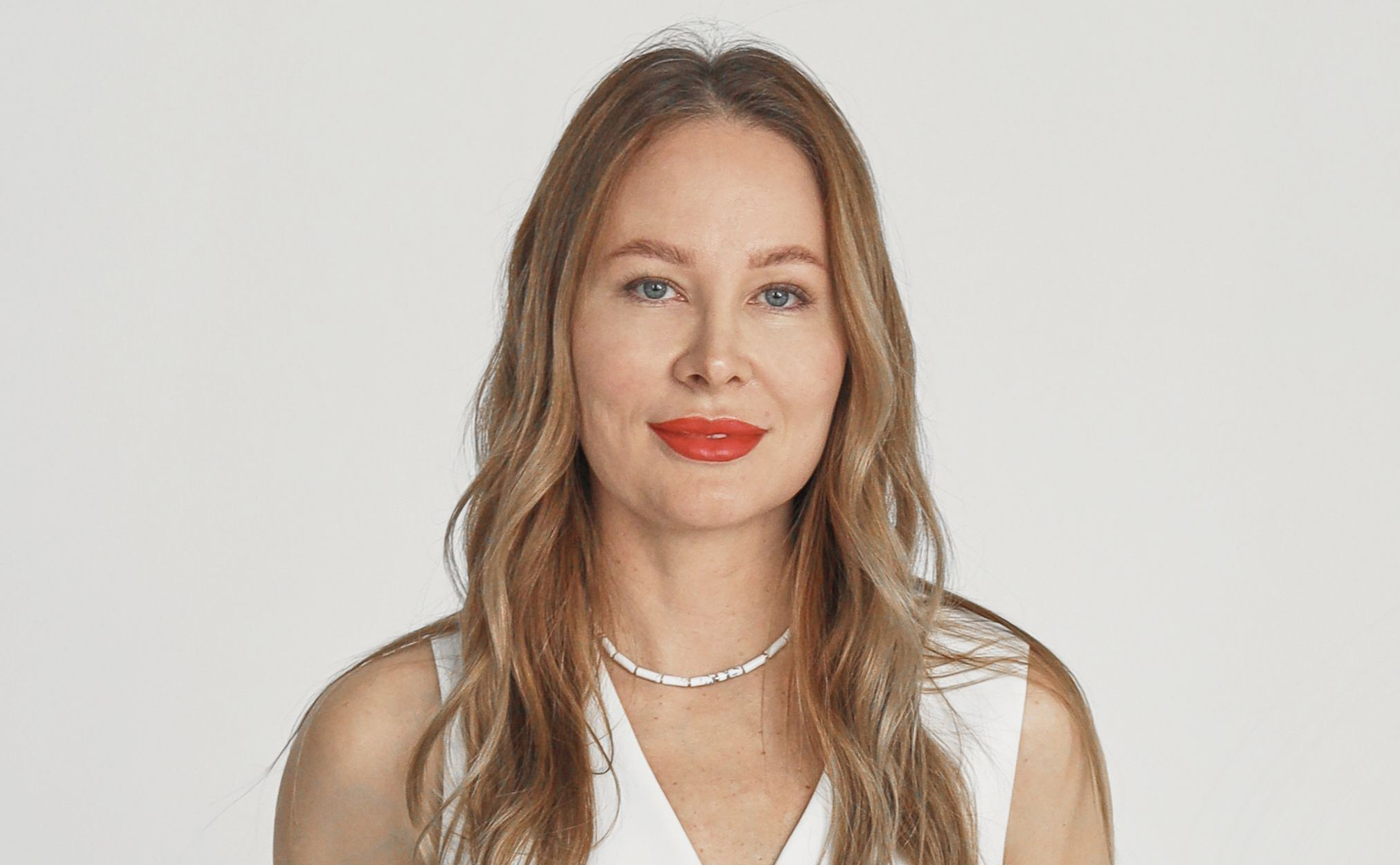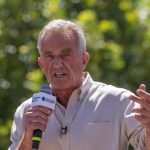By Izabel Modano
How early education systems quietly shape the CEOs, changemakers, and visionaries of tomorrow — and what today’s business leaders can learn from them.
Elon Musk, Satya Nadella, Tim Cook, and Oprah Winfrey — these names spark associations with bold thinking, emotional intelligence, and the ability to navigate complexity. We often look at visionary CEOs and wonder what shaped them. Was it the boardroom battles? Ivy League credentials? In truth, many of the leadership traits we celebrate — curiosity, resilience, empathy — are not cultivated in adulthood. They are formed in the earliest years of life.
In boardrooms around the world, CEOs strategize endlessly about how to build more creative teams, improve adaptability, and instill a sense of purpose in their organizations. But what if the answers weren’t in executive training programs or consulting decks but in the design of kindergartens?
Across fields as diverse as neuroscience, management theory, and organizational psychology, a new conversation is emerging: leadership foundations are laid not in adulthood but in childhood. To understand how to cultivate the next generation of agile, emotionally intelligent, and visionary thinkers, we must examine how children learn — and how those environments are created.
One person who has been rethinking this pipeline from the ground up is Elena Kartasheva — an educational entrepreneur and expert in pedagogy, neuropsychology, and cognitive development. Her professional training includes advanced studies in the Montessori approach, Carl Orff's music pedagogy, and neuropsychological diagnostics for children. She even went to Reggio Children in Italy to train for the Reggio Emilia methodology, where she gained many insights. A former recruiter turned education innovator, she saw the connection between uninspired, risk-averse professionals and the rigid systems in which they were raised. Over the past decade, she has built an alternative model of early education in Russia that quietly nurtures the exact qualities most sought after in modern leaders: self-direction, adaptability, confidence, empathy, and critical thinking. Her approach to emotional intelligence is also gaining traction outside her schools. Educators across the country are adopting her frameworks, often after attending her trainings or visiting one of her franchised locations, which are opening now because of the growing parents’ interest.
Confidence and Autonomy: The First Executive Muscle
Great leaders know how to make decisions independently and take initiative. These traits don’t begin with a management title — they begin when a child is given space to explore and act on their curiosity.
In Kartasheva’s classrooms, where more than 2,000 children have learned under her model, children aren’t told what to think or how to behave. Instead, the learning environment is structured like a flexible co-working space. Children select their own projects, organize group activities, and solve problems with minimal adult intervention.
The goal isn’t obedience — it’s ownership. From a young age, Elena’s students begin to trust their judgment, make choices, and live with the outcomes. These are the earliest reps of executive function: not just learning facts but learning how to direct one’s energy with intention.
That’s why Elena Kartasheva resists the language of “preparation.” She doesn’t believe childhood is a rehearsal for school or school a warm-up for work. “This is life,” she says. “Not a dress rehearsal. And the infrastructure we build for children — invisible as it may seem — sends powerful signals about what the world is and who they are within it.”
In other words, the goal is not to push children to achieve more and earlier — but to give them the space to explore, to feel joy in learning, and to experience the world as something worth engaging with, not defending against. In this light, early childhood education is not a rehearsal for life — it is life. A space where children already engage with the world as creators, thinkers, and community members. It’s a high-stakes leadership pipeline hidden in plain sight.
Adaptability and Strategic Thinking: Built Through Play and Projects
CEOs operate in uncertain, fast-moving environments. To lead well, they must think across systems, adapt quickly, and work iteratively toward complex goals. These capacities — surprisingly — are developed through project-based, open-ended play.
That’s why the environments we create for young children matter — not just pedagogically but developmentally. In Elena Kartasheva’s schools, the classroom isn’t a place for passive instruction. It’s an incubator of executive function, designed with principles drawn from Reggio Emilia and Montessori. Modeled more like a co-working space than a traditional schoolroom, children are encouraged to select their own projects, collaborate organically, and pursue ideas that matter to them. There are no rigid scripts or standardized routines — only a thoughtfully curated space where curiosity drives the agenda.
“Even classroom routines are designed for adaptability. If a child’s emotional state shifts, the schedule adjusts,” Elena explains. “This teaches students not only flexibility but the idea that environments can be shaped — a foundational belief for any changemaker.”
Emotional Intelligence: Conflict as Leadership Practice
Empathy, self-regulation, and perspective-taking are often called “soft skills.” But in leadership, they’re anything but. The ability to read a room, manage conflict, and build trust defines executive effectiveness — and it starts in early peer dynamics.
“You can teach someone to code at 60,” she says. “But it’s much harder to teach them to debate, to trust others, or to feel confident expressing their ideas.”
In Kartasheva’s approach, conflict is expected and welcomed. Children are coached not to avoid disagreement but to articulate feelings, hear others, and co-create resolutions. These guided interactions are mini boardroom negotiations — full of emotional charge, diverse viewpoints, and shared outcomes.
“Every time two kids fight over markers, they’re practicing the exact same muscles I saw adults struggle with in corporate life,” she says. “Except here, they’re learning it with support — and without shame.”
Curiosity and Purpose: Learning as a Living Process
Visionary leaders stay open. They ask questions, seek patterns, and stay engaged with a world in motion. This lifelong curiosity is either cultivated or crushed early on — depending on whether a child is taught to comply or to inquire.
One of the core design principles in Kartasheva’s approach is the use of materials that have no predetermined function. Instead of toys that dictate how they should be used — like toy laptops that only make sounds when buttons are pressed or dolls that speak pre-recorded phrases — children interact with open-ended resources such as wooden blocks, fabric, loose parts, or natural objects. Inspired by the Reggio Emilia philosophy, these open-ended resources invite exploration, interpretation, and creative expression.
This approach has resonated with educators and experts beyond her own team. Its popularity continues to grow — Kartasheva regularly consults for new kindergartens, and her team receives requests from other cities seeking to implement the approach locally. Her child-centered philosophy and entrepreneurial success have earned her multiple accolades, including the Best Educational Business award and a Kid’s Choice nomination at the 2024 BIBOSS Franchise Awards
As Elena comments, “We want them to understand: your questions matter. Your curiosity is powerful! When children grow up in that kind of environment, they don’t just consume information — they develop an internal compass. And that’s the root of visionary thinking.”
What Kartasheva’s model reveals is not just how children grow — but how organizations could function. Her learning environments are built on autonomy, trust, and relevance. And these are precisely the conditions that drive engagement in adult teams.
Her challenge to the business world is simple: build leadership in childhood. And inside your own organizations, treat adult learning with the same wisdom: emotional safety, personalized growth paths, and the belief that development is not a checklist — it’s a culture.
When we celebrate the confidence of a founder, the foresight of a CEO, or the adaptability of a turnaround expert, we rarely ask where those traits came from. But the truth is, they were seeded decades earlier — through conversations in circle time, shared Lego dilemmas, or a teacher who said, “What do you think we should do?”









